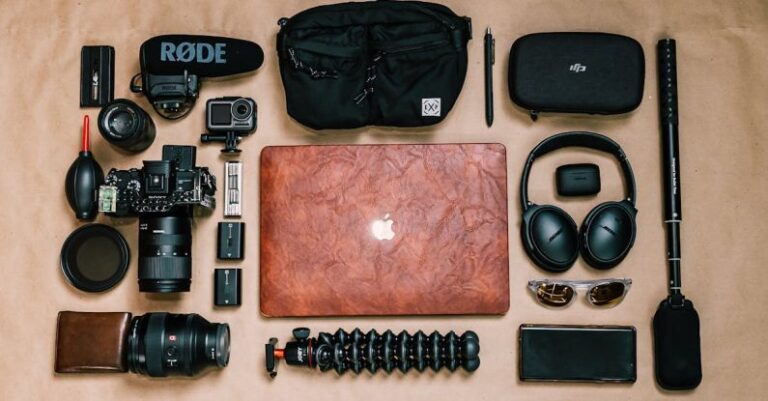What Are the Trends in Digital Media Design

In today’s fast-paced digital world, the realm of media design has been continuously evolving to meet the demands of users and technology. From websites to social media platforms, digital media design plays a crucial role in engaging audiences and conveying messages effectively. Let’s delve into the latest trends shaping the landscape of digital media design.
**Immersive Experiences**
One of the prominent trends in digital media design is the rise of immersive experiences. With the advancement of technology such as virtual reality (VR) and augmented reality (AR), designers are now able to create interactive and engaging experiences for users. Immersive storytelling through VR allows users to be transported to a different world, while AR overlays digital content onto the real world, enhancing user engagement. Brands are increasingly utilizing these technologies to create memorable experiences that leave a lasting impact on their audience.
**Minimalist Design**
Minimalist design has been gaining popularity in the world of digital media design. Clean layouts, ample white space, and simple typography are all characteristics of minimalist design that help to create a sleek and modern aesthetic. By focusing on essential elements and removing clutter, designers can enhance user experience and draw attention to key messages. Minimalist design not only looks visually appealing but also improves usability and readability, making it a favored choice for websites and mobile apps.
**Dark Mode**
Dark mode has become a prevalent trend in digital media design, offering users an alternative color scheme that is easier on the eyes, especially in low-light environments. Many platforms and applications now provide the option for users to switch to dark mode, which can reduce eye strain and improve readability. Designers are incorporating dark mode into their interfaces to provide users with a choice and create a visually striking design that stands out.
**Micro-Interactions**
Micro-interactions are subtle animations or feedback that occur in response to user actions, such as hovering over a button or scrolling through a webpage. These small interactions add a layer of engagement and delight for users, making the overall experience more interactive and enjoyable. Designers are leveraging micro-interactions to guide users, provide feedback, and create a more dynamic user experience. From loading animations to interactive buttons, micro-interactions are becoming an integral part of digital media design.
**Personalization**
Personalization has become a key focus in digital media design, as brands strive to create tailored experiences for their users. By collecting data and insights about user preferences and behavior, designers can deliver personalized content, recommendations, and user interfaces. Personalization not only enhances user engagement but also fosters a sense of connection and loyalty with the brand. Designers are incorporating dynamic content, adaptive interfaces, and personalized recommendations to create unique and relevant experiences for each user.
**Conclusion: The Future of Digital Media Design**
As technology continues to advance and user expectations evolve, digital media design will continue to adapt and innovate to meet the demands of a dynamic digital landscape. The trends discussed above represent just a snapshot of the ever-changing world of digital media design. From immersive experiences to minimalist design, each trend contributes to creating engaging, user-centric experiences that resonate with audiences. Designers must stay informed about the latest trends and technologies to stay ahead of the curve and deliver impactful designs that captivate and inspire users. The future of digital media design holds endless possibilities, and it is up to designers to embrace innovation and creativity to shape the future of digital experiences.





